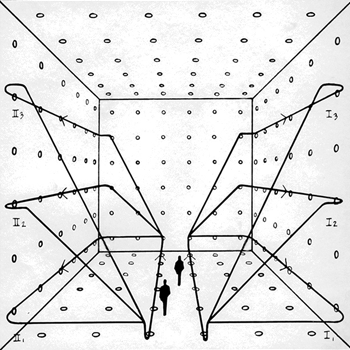Question #086cf
2 Answers
Explanation:
I think you would be well advised to ask one at a time.
First one:
This could be done using L'Hôpital's rule as it's
The series we need are:
....and:
I'll put in a load of terms to make the point but typically only the first one or two terms are that relevant.
As we are looking at
The fifth one:
This is in the indeterminate form
We can now plug in


